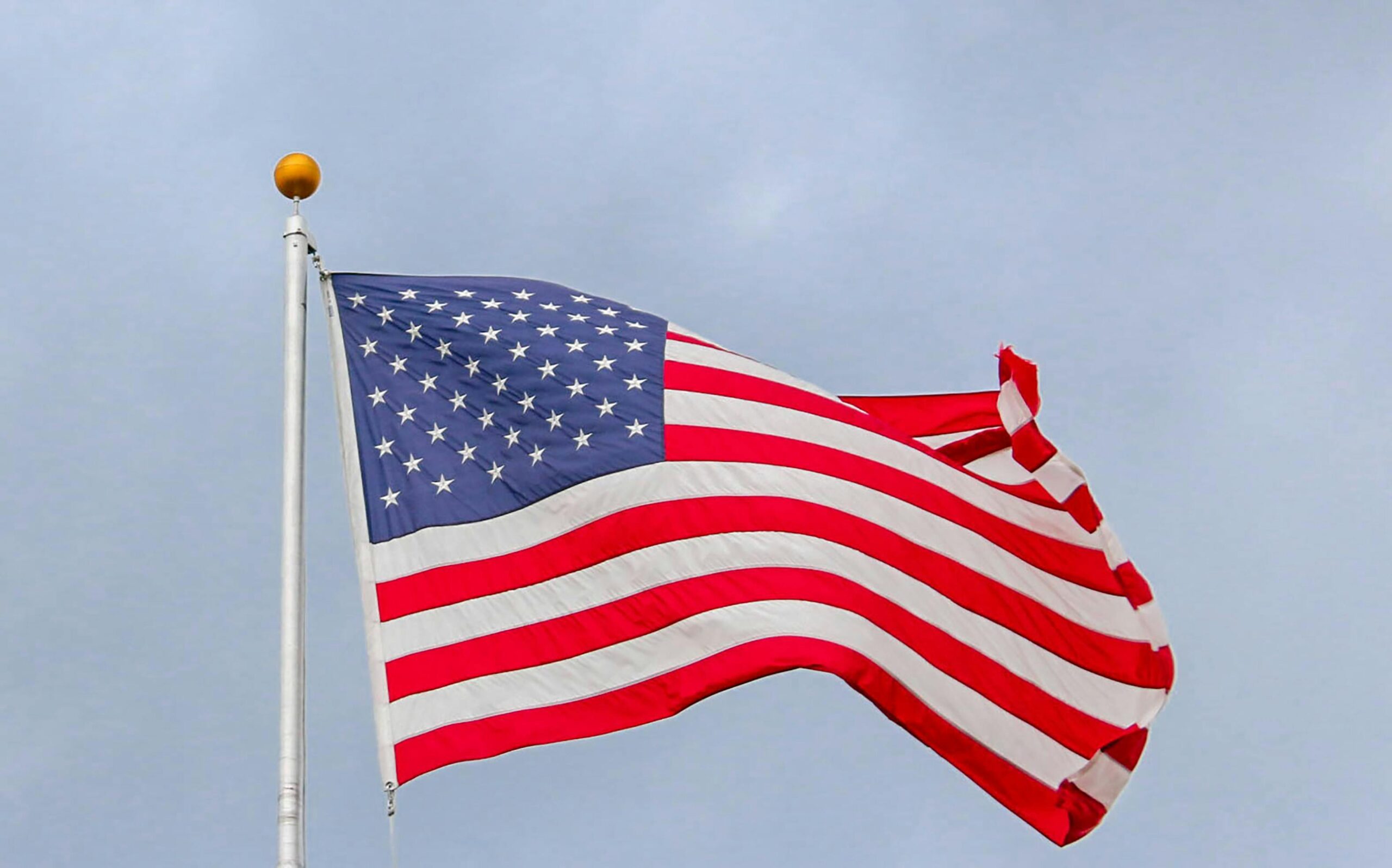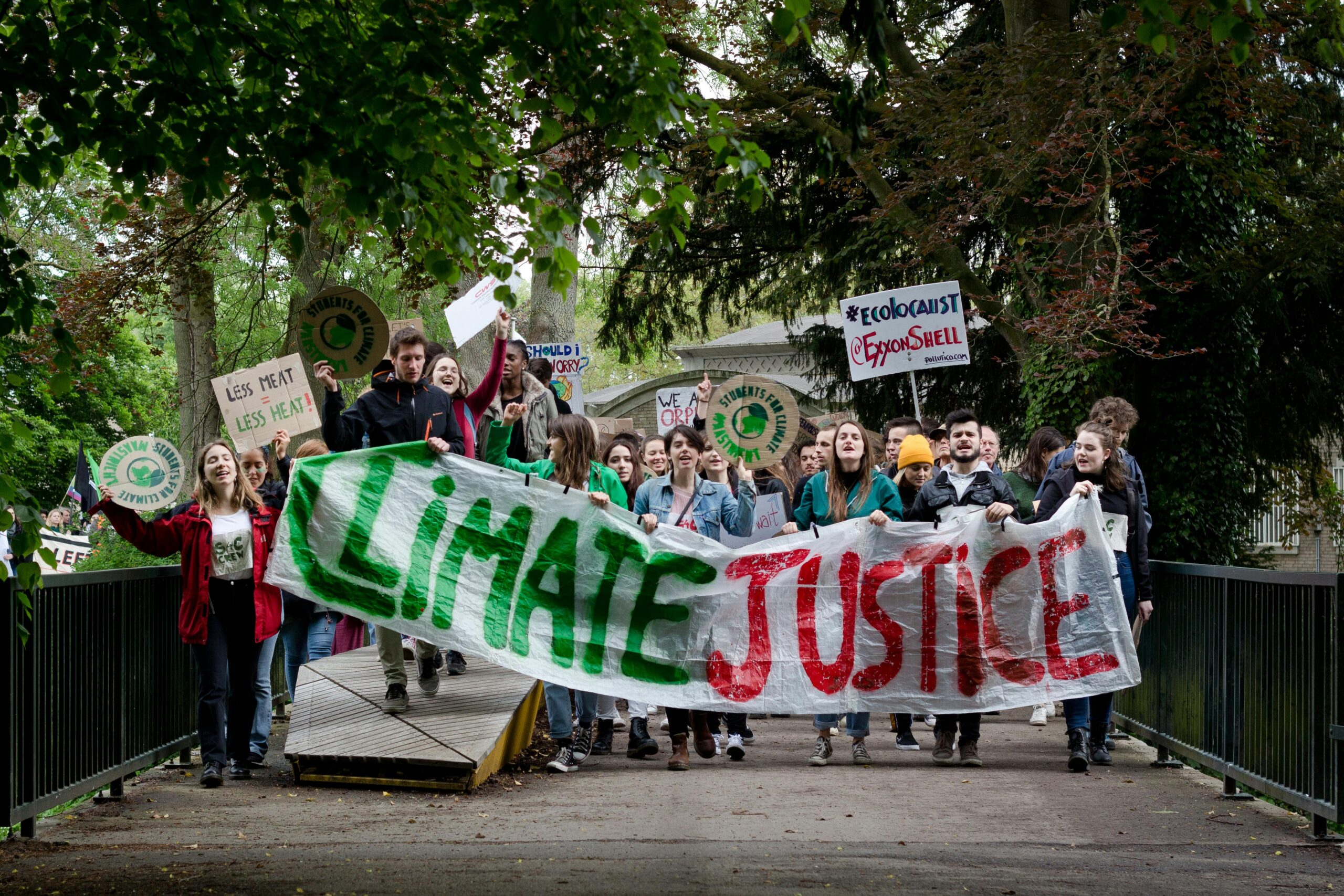In the early 20th century, a cultural revolution swept through the vibrant streets of Harlem, New York City. Known as the Harlem Renaissance, this period marked a profound celebration of African American arts, literature, music, and intellectualism. From the 1920s to the mid-1930s, Harlem became the epicenter of a movement that defied racial stereotypes and showcased the immense talents of African American artists and intellectuals. Today, we delve into the rich tapestry of the Harlem Renaissance, exploring its significance and enduring legacy.
A Cultural Awakening
The Harlem Renaissance emerged as a response to the deeply entrenched racism and social inequalities faced by African Americans in the United States. Against this backdrop, artists and intellectuals sought to challenge negative stereotypes and portray the complexity and diversity of African American experiences. It was a time of creative exploration, as writers, poets, musicians, painters, and dancers gave voice to their unique perspectives and cultural heritage.
The Literary Giants
One of the most significant aspects of the Harlem Renaissance was the emergence of talented African American writers who paved the way for future generations. Figures such as Langston Hughes, Zora Neale Hurston, and Claude McKay brought to life the African American experience through their poignant poetry, novels, and essays. Their works depicted the struggles, hopes, and aspirations of African Americans, while also showcasing the richness of their cultural heritage.
Musical Innovations
The Harlem Renaissance also witnessed an explosion of musical talent that transformed the American cultural landscape forever. Jazz, with its improvisational rhythms and syncopated melodies, became the heartbeat of the movement. Legendary musicians like Louis Armstrong, Duke Ellington, and Bessie Smith revolutionized the genre, infusing it with the spirit and energy of the era. The melodies of the Harlem Renaissance resonated far beyond the neighborhood, inspiring generations of artists and setting the stage for the evolution of American music.
Artistic Expressions
Visual arts played a crucial role in the Harlem Renaissance, as African American artists boldly explored their creativity and shared their unique perspectives with the world. Painters such as Aaron Douglas and Jacob Lawrence depicted scenes of everyday life, while also highlighting the struggles and triumphs of African Americans. Their vibrant and evocative artwork served as a powerful vehicle for social commentary and cultural celebration.
Intellectual Discourse
The Harlem Renaissance was not limited to artistic endeavors alone; it was also a time of intense intellectual discourse. Scholars, philosophers, and activists congregated in Harlem’s vibrant cafes and salons to exchange ideas, challenge existing beliefs, and envision a future free from racial discrimination. The thinkers of the Harlem Renaissance, including W.E.B. Du Bois and Alain Locke, played a pivotal role in shaping the movement’s ideology and fostering a sense of cultural pride among African Americans.
Legacy and Impact
The Harlem Renaissance left an indelible mark on American society, forever altering the perception of African American culture and paving the way for greater inclusivity in the arts. It created a platform for African American artists and intellectuals to thrive, challenging the prevailing narrative of the time. Furthermore, the movement helped foster a greater appreciation for diversity and cultural expression in the United States, inspiring future generations to embrace their heritage and celebrate the contributions of African Americans.
Conclusion
The Harlem Renaissance stands as a testament to the resilience, creativity, and cultural richness of the African American community. Through their art, literature, music, and intellectual discourse, Harlem Renaissance artists and intellectuals shattered stereotypes and reclaimed their rightful place in American society. The movement’s impact resonates even today, as we continue to celebrate the artistic achievements and enduring legacy of the Harlem Renaissance. It serves as a reminder of the transformative power of art and culture in the pursuit of social justice and equality.











Recent Comments